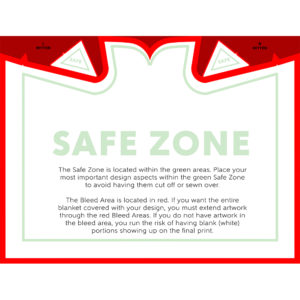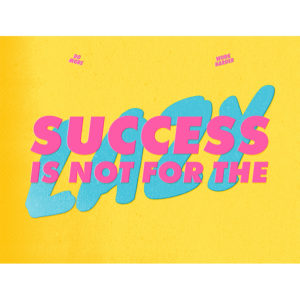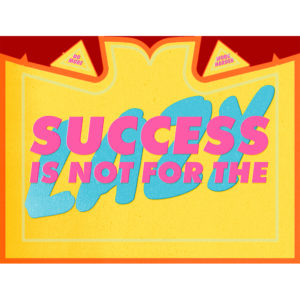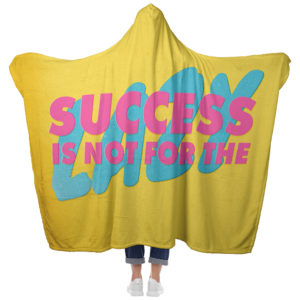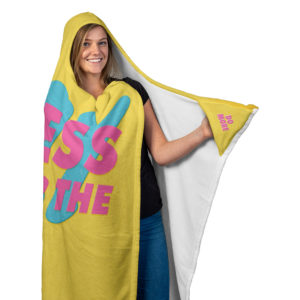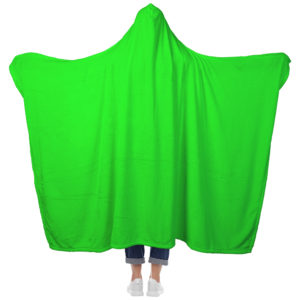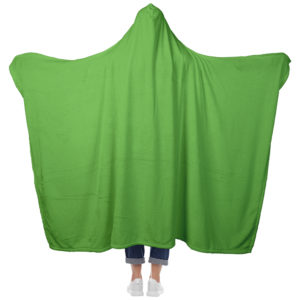THE IMPORTANCE OF THE PRINT TEMPLATE
The hooded blankets are a cut & sew product. Because of this, it is important to understand/use the print templates provided within the app to ensure the final product is created to your expectations. If you do not follow the template correctly, we cannot guarantee certain aspects of your design will show up on the final product.
When using the template to create your artwork, pay close attention to the Safe Zone. The safe zone is denoted by the areas outlined in green. The most important aspects of your design should remain within the safe zone to ensure they are printed on the final product. Anything outside of the safe zone runs the risk of getting trimmed off.
The red Bleed Area represents the edge of the product and then some. Since the blankets are sublimated, it is important to extend your artwork all the way through the bleed area. The bleed area will likely not show on the final product but if you do not have any artwork/color/texture you run the risk of having blank (white) portions that appear on the final print. Bleed areas within print templates are in place as a preventative measure in case of errors that can occur in the printing and cutting process.
We require one file to be uploaded to the app which will in turn be used as the print file for our printing facility. The entire file will be printed, then cut into 3 items to be sewn together to make a completed product. This can cause some abnormalities or inconsistencies when comparing the mockup images to the final product. We do our best to create mockups that represent the products as best as possible, but there is no way to make them 100% accurate. We strongly suggest following the template closely to ensure all aspects of your design will show up on the final product as intended.
SUBLIMATION PROCESS
During the sublimation process, inks are heated to a gaseous state which enables the print to sink into the product pores. When the temperature drops, the ink returns to a solid state and becomes a part of the product. This process allows for longer lasting and more durable prints.
DESIGN TIPS
Knowing the print process helps with creating your designs. Typically sublimation reproduces prints quite accurate to the file you submit to our app. However, there are a few things to keep in mind to ensure your design prints to your satisfaction.
1.) Drop-Shadows: Drop-Shadows help add depth and dimension to designs, but they do not always play nice in the sublimation process. Often times drop-shadows tend to bleed into other aspects of the artwork making the final product look less than ideal in comparison to the uploaded design file. One way to combat this is by using halftones. Halftones are varying sizes of solid color dots that give the illusion of gradients while applying solid color rather than fading from dark to light opacity like you would find in a drop-shadow.
2.) Low Opacity Elements & Blending Modes: Using varying opacities and blending modes helps designs appear more dynamic and, in some cases, more realistic. The sublimation process can blend these effects further than your liking. We suggest erring on the side of higher opacity and blending items to be brighter than what you would prefer on your computer screen. For example, if you like the way your graphic looks at 15% opacity, we would suggest increasing the opacity to 25%-35% so it is not lost on the final print.
3.) RGB vs CMYK: Knowing your color codes may be the most important practice when using Print on Demand. RGB (Red, Green & Blue) is the color code for web applications. CMYK (Cyan, Magenta, Yellow & Black) is the color code for print applications.
We ask that our users upload artwork in RGB because they are uploading a graphic to the web. We strongly recommend checking the files in CMYK prior to upload because the graphic uploaded in RGB will be converted to CMYK at the print facility. DO NOT upload artwork to the app in CMYK – this will cause issues with how your design colors are represented on the mockup images. Upload your artwork in RGB, but check your file in CMYK first and adjust accordingly.
Some colors are created specifically for your screen using RGB. We call these backlit colors as they are using light from your computer monitor to add more intense vibrancy that cannot be reproduced in the printing process. This is why we always recommend checking your files in CMYK before uploading because there can be drastic shifts in color that completely change what is shown on your mockup image versus the final product. Please see the example below.
